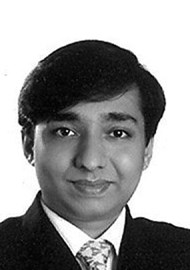It is important to obtain tumour-free resection margins in patients with oral cancer. Pathological processing is known to cause tissue to shrink, which affects the reported margins, and it is postulated that the method of resection also has an effect. In this interesting study the authors used a pig model to demonstrate that the method of resection influenced the surgical margin in oral cancers. They marked standardised simulated lesions on the tongues of 15 live anaesthetised pigs and divided each lesion into four equal sections. They were resected each with a margin of 10mm using cutting diathermy, coagulative diathermy, Harmonic scalpel and a conventional scalpel. After processing, the excision margins were measured. With cutting diathermy and coagulative diathermy, shrinkage of the soft tissues was minimal relative to the margin of the simulated lesion compared with the Harmonic scalpel (p=0.001) and conventional scalpel (p=0.001). Cutting diathermy and coagulative diathermy caused significant thermal damage (p=0.001). The authors stress that the method of resection affects the surgical margin and that diathermy resulted in thermal injury and denaturing of the underlying muscle. But there was less tissue contraction than when the Harmonic scalpel and conventional scalpel were used. They go on to say that the method of resection may therefore affect the interpretation of the histological results, which in turn may have implications regarding adjuvant treatment.




